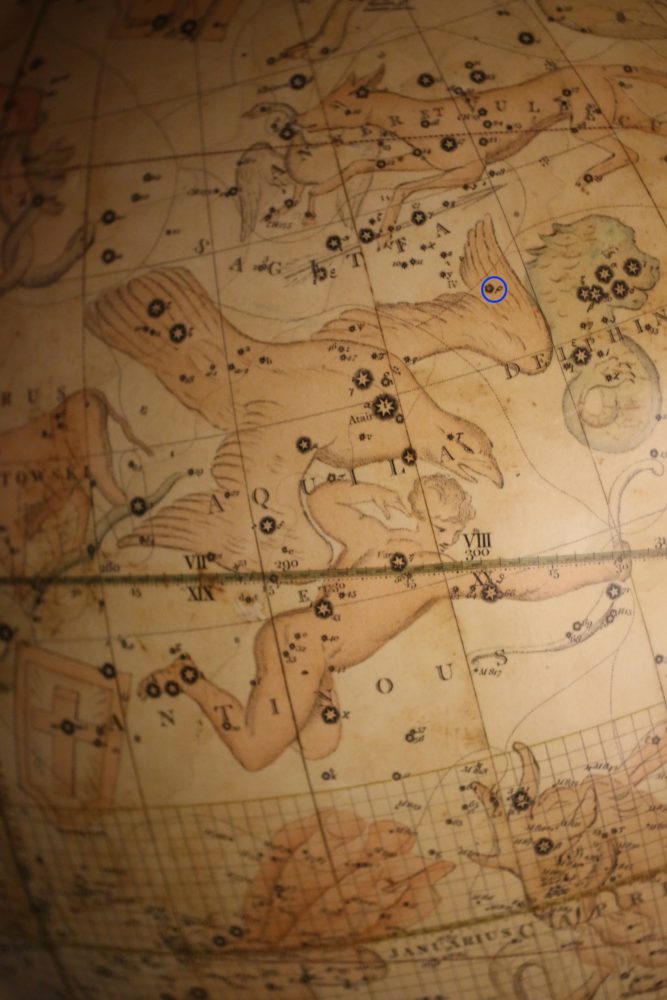

Already in Ancient Greece, philosophers placed our perception of mobility at the centre of their world view.
Heraclitus believed that nothing is immutable and that everything changes with time, which he pithily stated in the famous aphorism ‘everything flows’ (πάντα ῥεῖ – panta rhei). His phrasing implies that he considers all changes with time to be motions, that all things are changing with time, and thus that all things are always in motion. This implies a continuum of movement – from infinitely fast to imperceptibly slow – on which all objects lie. Philosophers like Plato and Aristotele insisted on the necessity to divide this ‘flowing’ world into conceptual boxes – moving or still, fast or slow – but such boxes often tell us more about the perspective of the interpreter, how we see the world, rather than the intrinsic nature of the object described.
For thousands of years, for instance, civilisations have drawn the thousands of stars in the night sky into constellations that depict the icons of their culture. Stars often came to be named by the constellations to which they belonged. In 1603, Johannes Bayer named all the stars in the night sky by their brightness and the constellation they belong to, for example, ρ Aquilae was the seventeenth brightest star in the Aquila (‘eagle’) constellation at that time (ρ being the seventeenth letter of the Greek alphabet). This star can be clearly seen in this image of an 18th century globe in Magdalen’s Old Library.
[Close up of Celestial Globe, made in London in 1799. Copyright: Magdalen College Library]
A similar naming scheme was adopted in the Chinese system of constellations, with ρ Aquilae being called 左旗九 (the Ninth Star of Left Flag). Such a naming system relies on the core assumption that stars are immobile and that the constellations they sketch out are thus eternal. While over the course of a human lifetime stars do not perceptibly move to human eyes, stars do move. Our own Sun hurtles round the Galaxy at 790,000 kilometres per hour. Constellations are merely a snapshot of how stars appear to be arranged from our perspective at this moment – over the course of millions of years stars will move and constellations will dissolve. In the video below, Dr Douglas Boubert discusses how humans have named constellations throughout history:
In 1992 the motion of ρ Aquilae through the Galaxy carried it over the border into the Delphinus (‘dolphin’) constellation, meaning that the motion of that star has rendered the label that humans gave it meaningless.
We use demonyms to label ourselves similarly to the stars: words like ‘British’ or ‘European’ that specify the place that a person or object comes from. Demonyms, by presuming a fixed, single origin, neglect the movement through time and space that lead to that place of belonging; ancestors migrating or goods crossing borders in a global supply chain. National anthems are emblematic of this: they draw from tunes and themes that have developed across centuries and borders and are then petrified and labelled as belonging to one particular country. As you scroll through the gallery below, you can see the scores of five anthems using the melody of “God Save the Queen”, but with texts adjusted to their national usages in Great Britain (1745), France (ca. 1820), Prussia (1843), the German Empire (ca. 1900) and Liechtenstein (since 1920):
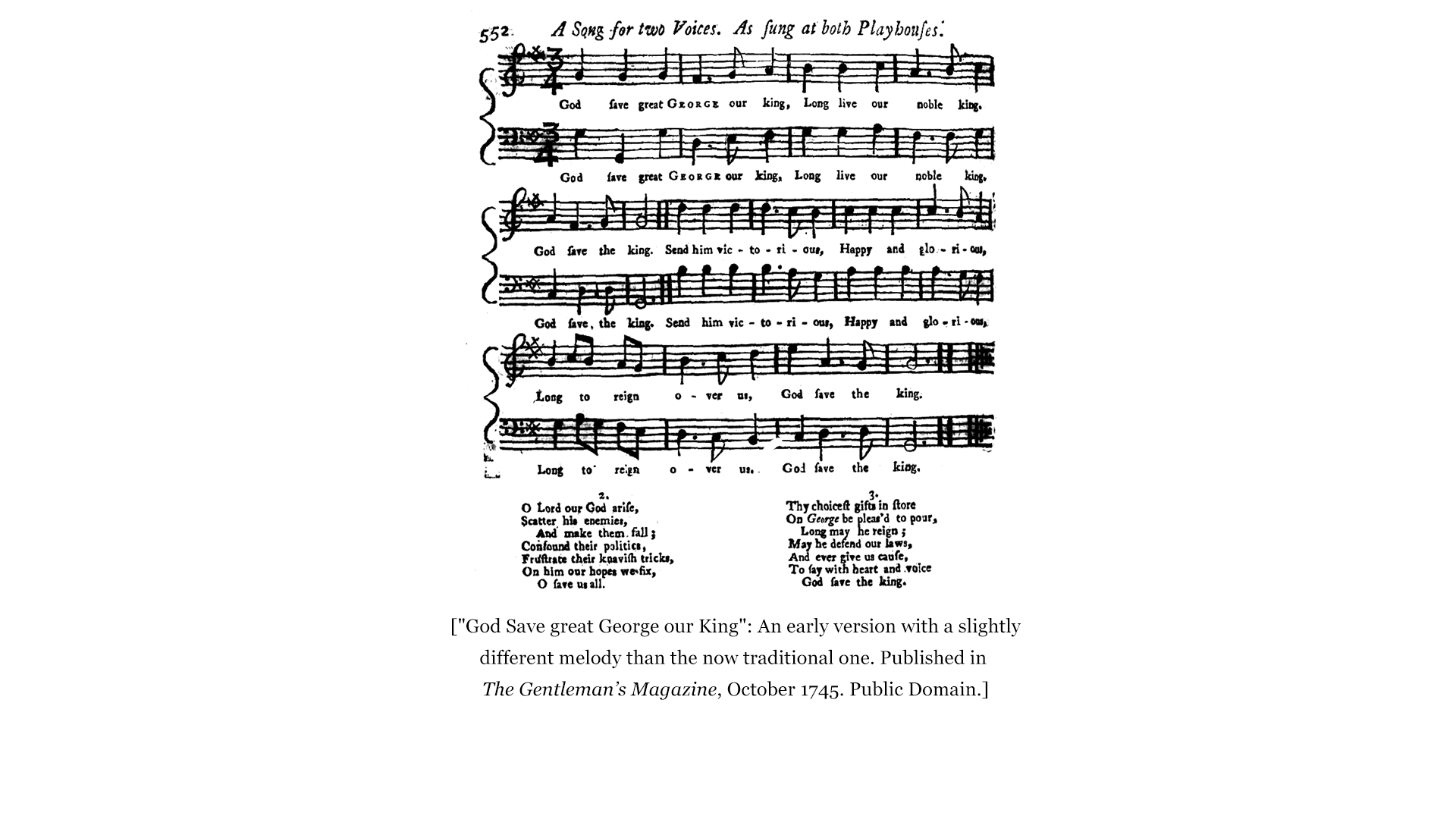
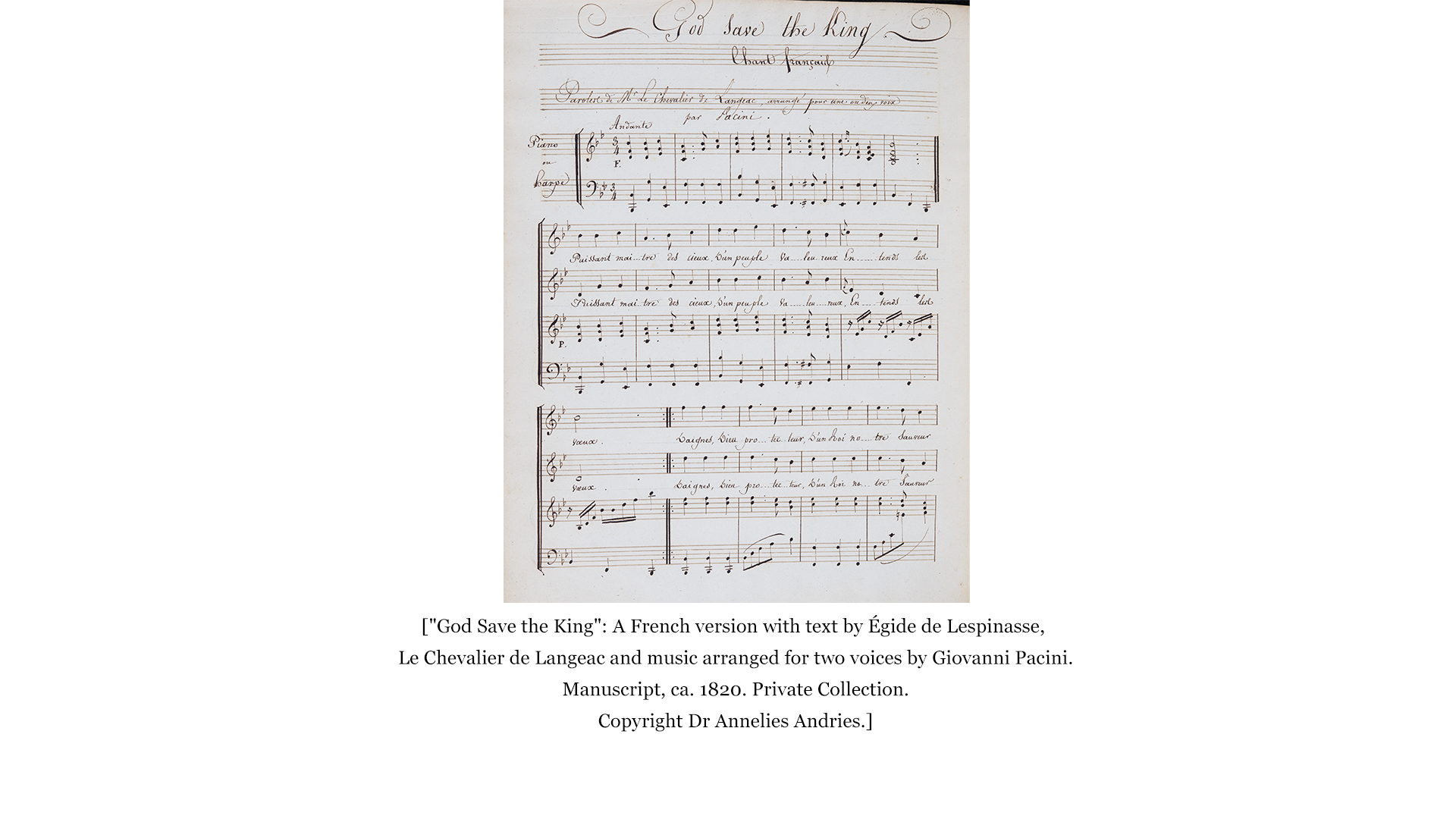
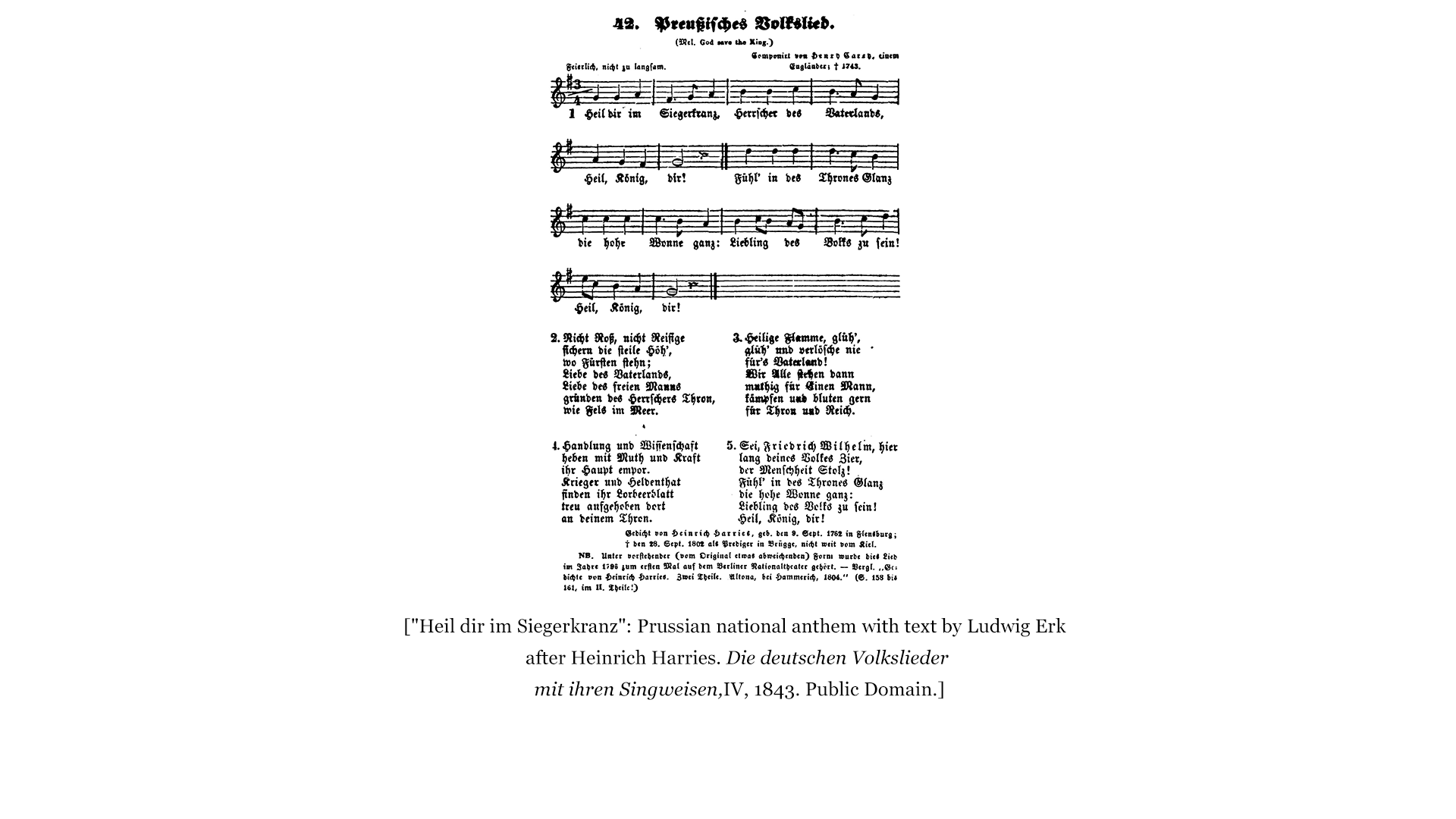
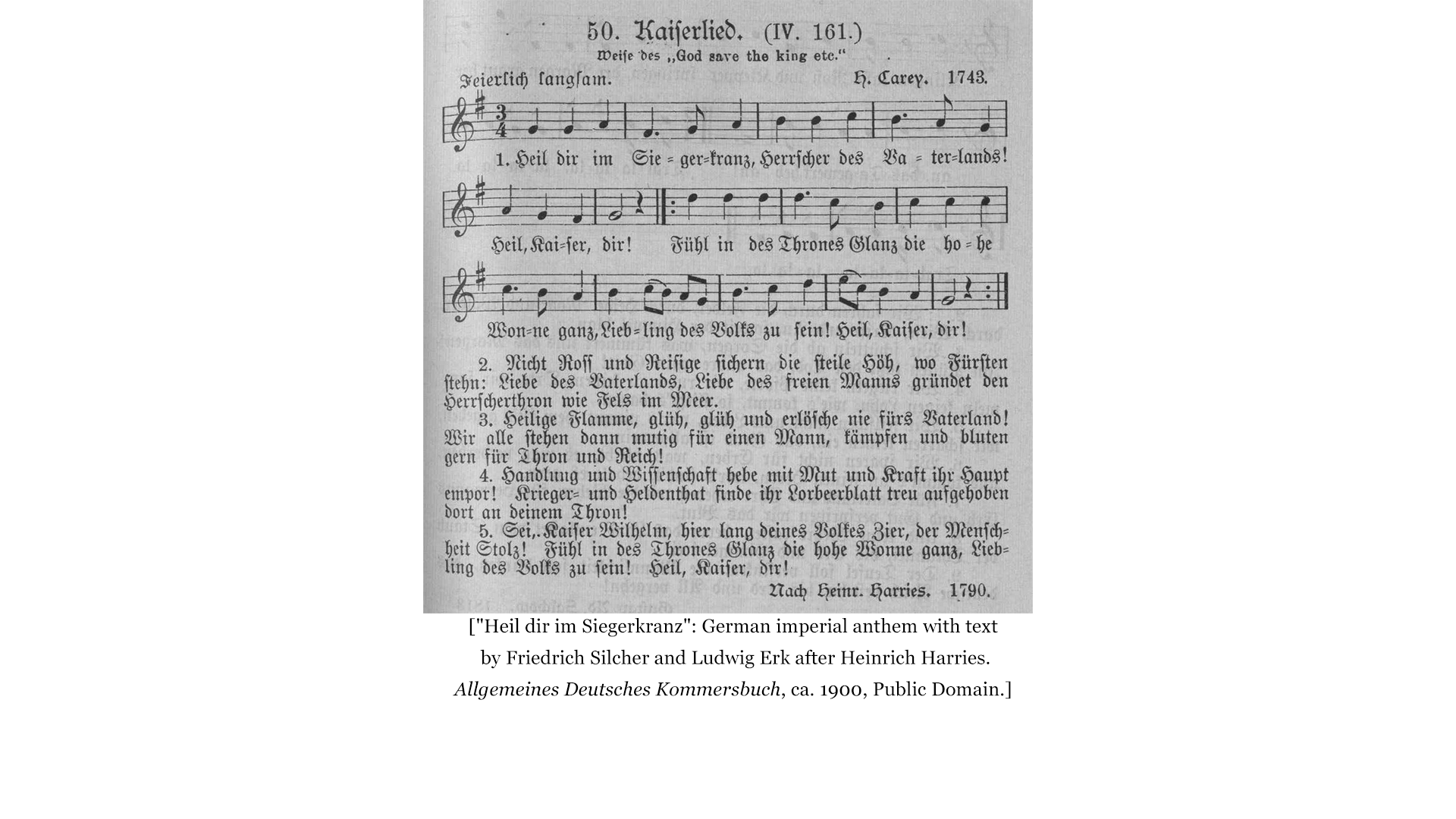
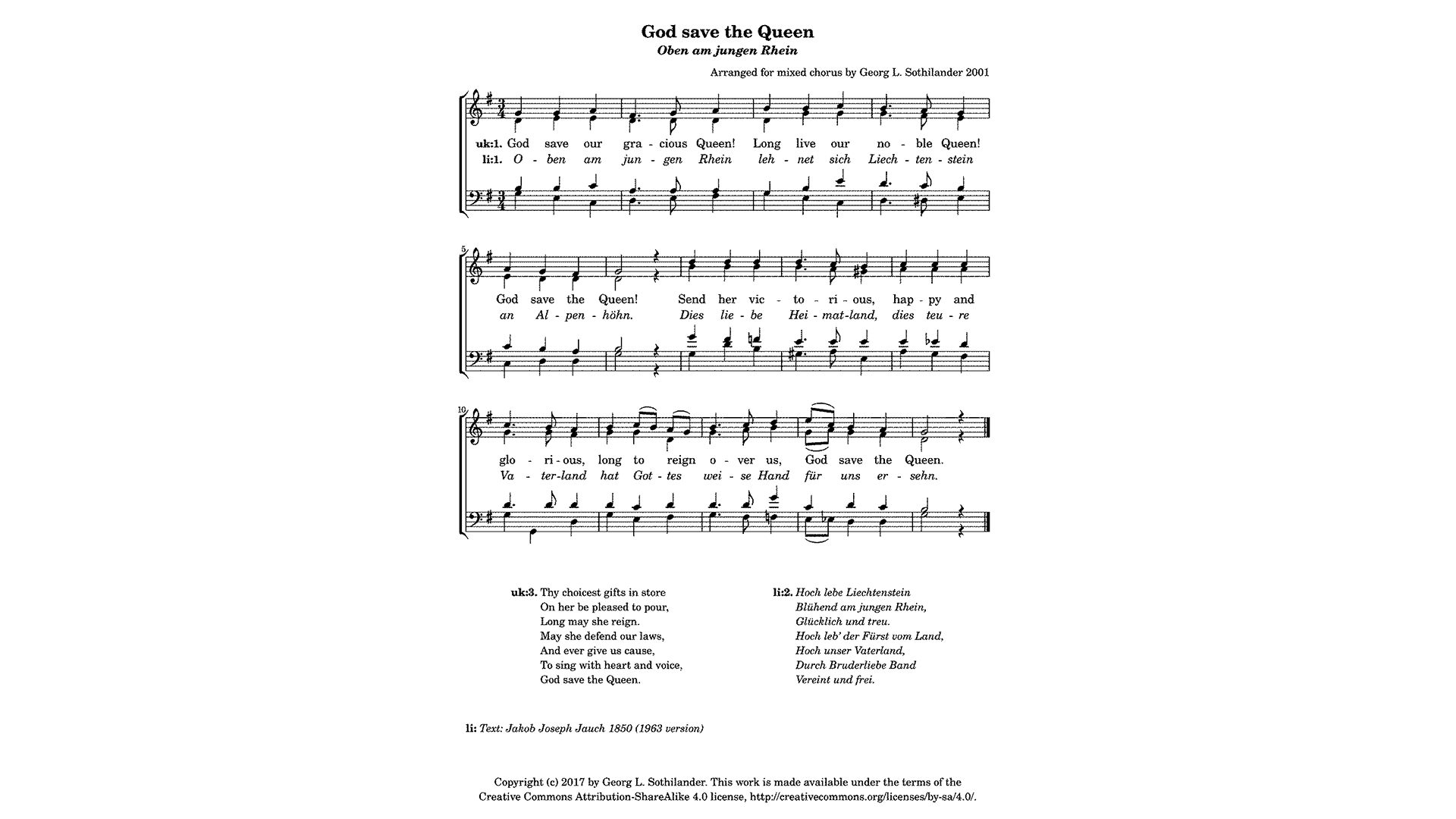
As humans cross borders in the present day, they are given labels that betray our own perspective on their movement. A person moving from Canada to the UK for work or study will be welcomed as an ‘economic migrant’, while a person escaping from unrest in Syria and seeking refuge in the UK will be labelled an ‘illegal immigrant’. Both of these people will have journeyed a significant distance between two countries, but the connotations we have about these two journeys are starkly different. The physical reality of two humans moving from one country to another – with pauses and delays along the way – is described with labels that focus on where they began their journey and why they left. The reality of human movement is more fluid than a static label can capture, particularly labels that primarily reflect the perspectives of those already at their destination.
Labels that describe movement are useful, but it is vital to remember that labels themselves are mobile and can change, as can the borders of the boxes they label. Nowhere is this more true than when tracking the spread of viruses, because random mutations of the genetic code can occur each time a virus replicates. Indeed, by comparing the slightly different genetic ‘labels’ of hundreds of thousands of samples of COVID-19, scientists have been able to trace the movement of this virus around the world and can isolate individual events where strains of the virus jumped across borders and between continents.
Heraclitus said that everything flows, but he cannot have known that even the stars in the night sky are moving. The labels we use to describe motion – moving or still, fast or slow – are always biased by our own perspective at the moment we assign them. As the objects we try to label are in flux, so too must the labels we give them change with time.